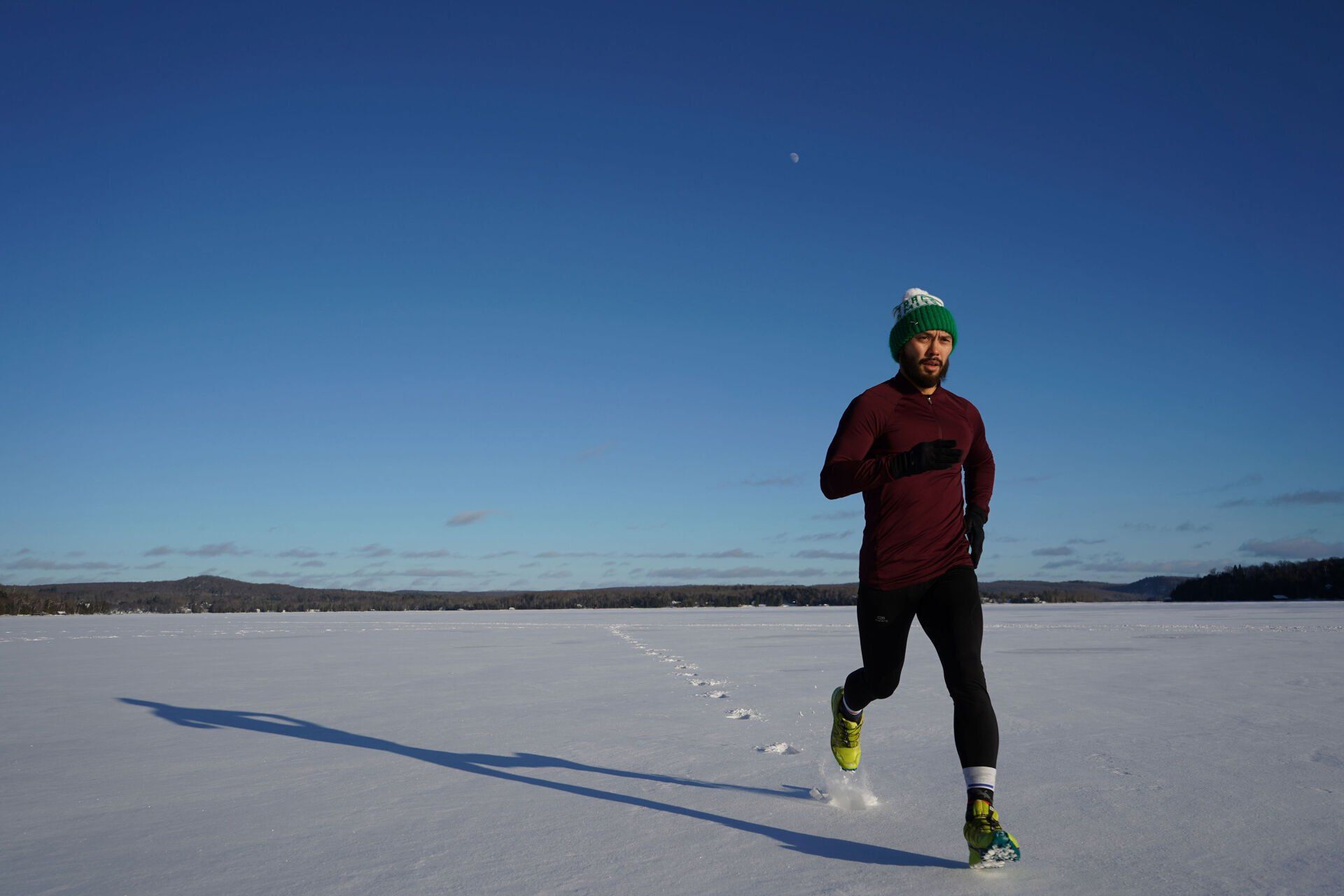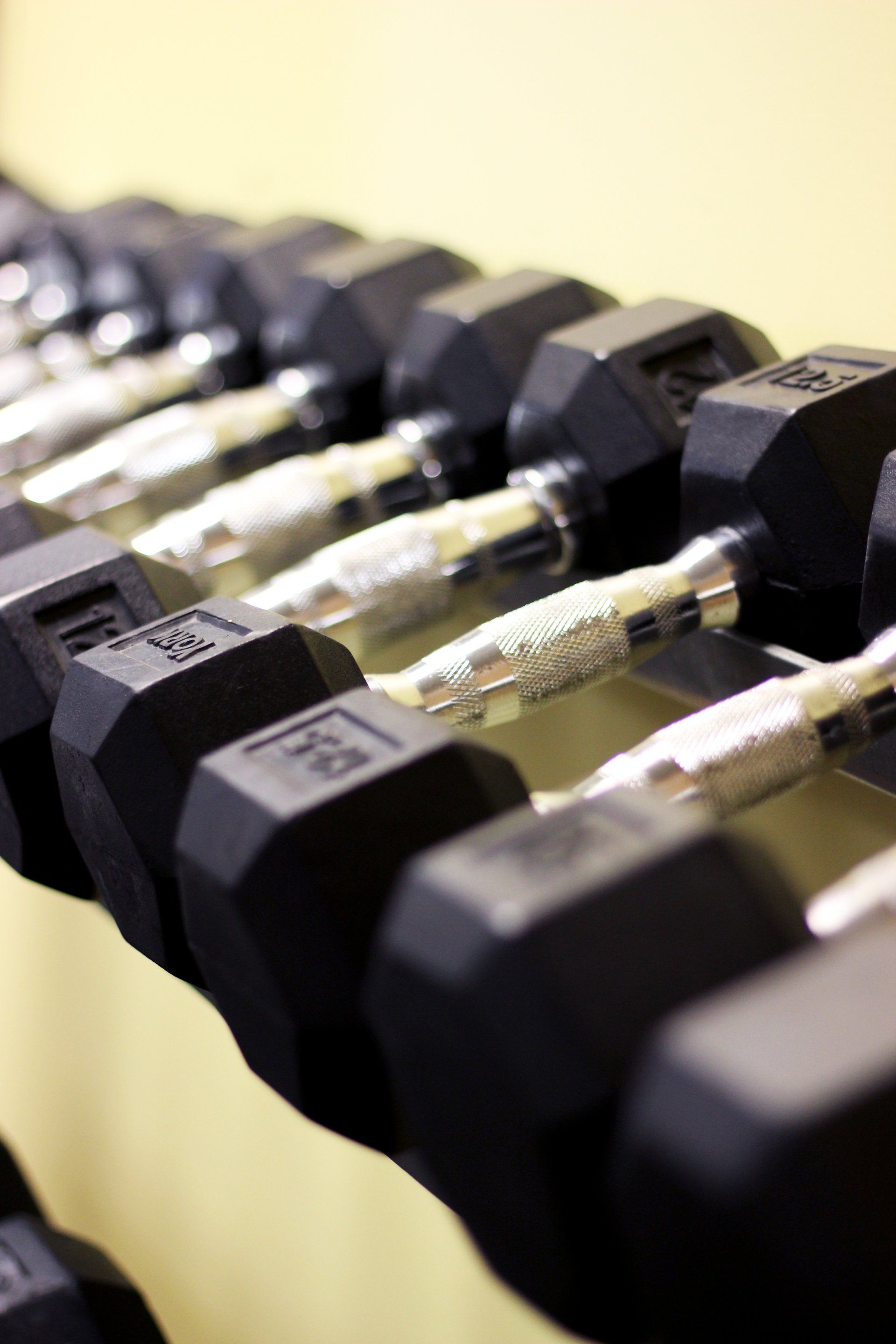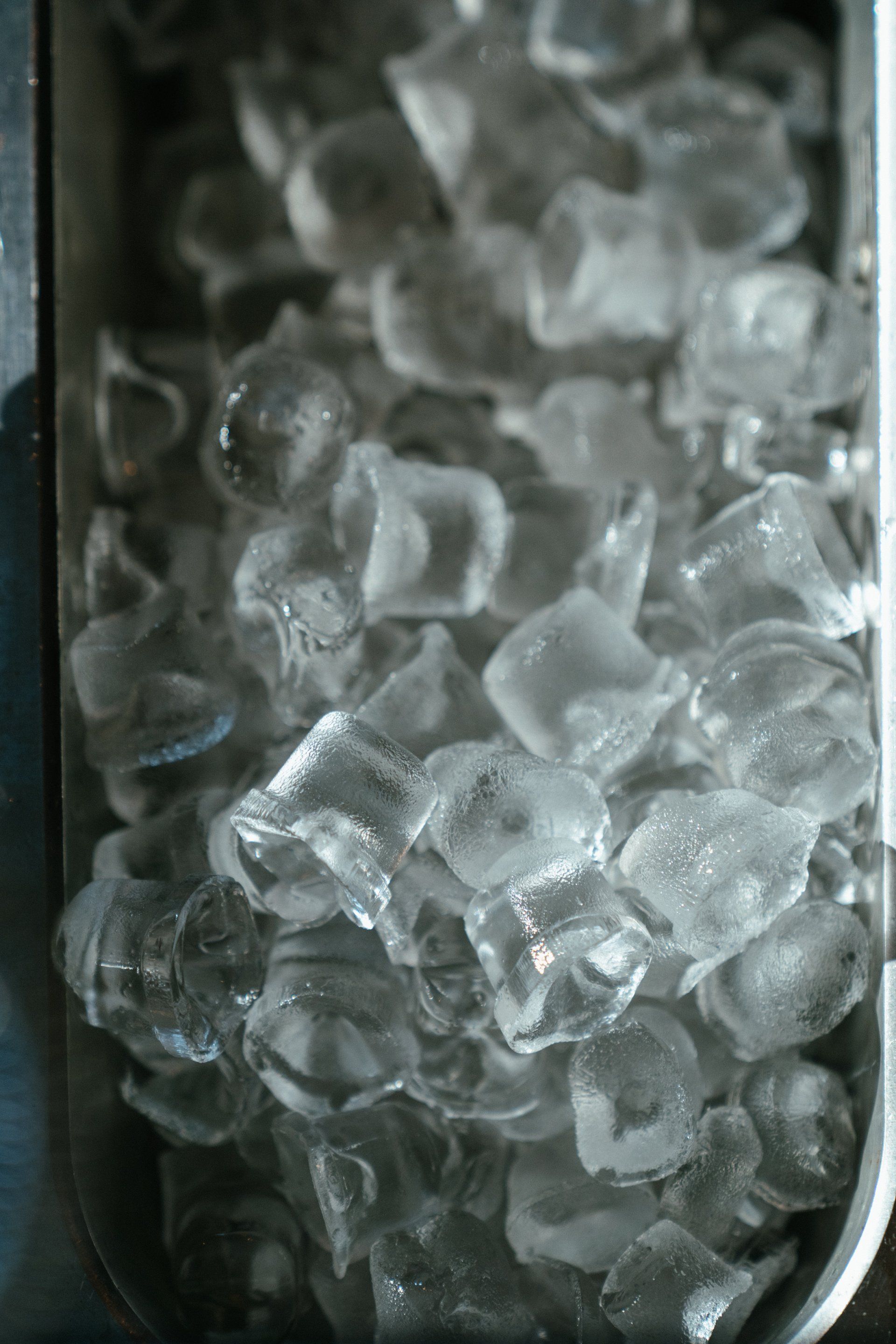Navigating Winter Hazards: A Comprehensive Guide for Enhanced Safety and Well-being
Winter, with its serene landscapes and cozy atmospheres, brings a unique set of challenges, especially for individuals with muscular balance issues or the elderly. Understanding and addressing winter hazards is crucial for a safe and enjoyable season. In this guide, we'll explore how to enhance balance and stability and prevent falls and injuries during the winter months.

Understanding Winter Hazards
- Icy Surfaces: Winter often blankets our surroundings in ice, turning simple walks into potential hazards. Be mindful of icy patches on sidewalks, driveways, and parking lots.
- Snow Accumulation: Accumulated snow can create uneven surfaces, making navigation difficult. Stay vigilant, especially after snowfall, and consider assistance if needed.
- Cold Temperatures: The biting cold can pose health risks, including hypothermia and frostbite. Dress warmly in layers, covering extremities adequately.
Enhancing Balance and Stability
- Indoor Exercises: Engage in a variety of exercises at home to improve balance. Incorporate leg lifts, toe taps, seated marches, and side leg raises to strengthen different muscle groups and enhance overall stability.
- Yoga and Tai Chi: Explore low-impact exercises like yoga or tai chi, focusing on balance and flexibility. These activities not only promote physical stability but also contribute to mental well-being.
- Strength Training: Prioritize strength training with a focus on core muscles. Exercises like squats, lunges, and standing leg lifts can significantly improve balance and coordination.
- Proper Footwear: Choose winter footwear that combines warmth with safety. Look for non-slip soles and good traction to provide a secure foundation on slippery surfaces.
- Daily Balance Practices: Incorporate simple balance practices into your daily routine. Stand on one leg while brushing your teeth or waiting for the kettle to boil – these small efforts contribute to increased stability over time.
Preventing Falls and Injuries
- Assistive Devices: If necessary, utilize assistive devices like canes or walkers with confidence. Consider attachments such as ice grips for added stability in winter conditions.
- Home Safety Measures: Conduct a thorough safety assessment at home. Remove trip hazards, secure loose rugs, and install handrails in high-traffic areas. Adequate lighting can also play a significant role in preventing accidents.
- Regular Health Check-ups: Schedule routine check-ups with healthcare professionals. Discuss any concerns about balance or stability to address potential issues promptly. Medication reviews can identify side effects that may impact balance.
- Weather Monitoring: Stay informed about weather conditions. Plan outings on days with better weather, and consider alternatives like grocery delivery services to avoid unnecessary risks during harsh weather.
- Community Programs: Explore local community programs that offer fall prevention classes. These programs often provide valuable insights, exercises, and social support tailored to enhance balance and reduce fall risks.
Winter can be a delightful season, but it's essential to navigate it with caution, especially for those with muscular balance issues or the elderly. By understanding winter hazards, incorporating diverse exercises to enhance balance, and implementing comprehensive preventive measures, you can enjoy the season safely. Prioritize your well-being, and embrace winter with confidence.
Stay safe and warm!
Sources:
- Centers for Disease Control and Prevention. "Preventing Falls: What Works." Retrieved from https://www.cdc.gov/homeandrecreationalsafety/falls/compendium.html
- American Academy of Orthopaedic Surgeons. "Preventing Falls and Related Fractures." Retrieved from https://orthoinfo.aaos.org/en/diseases--conditions/preventing-falls-and-related-fractures/

















